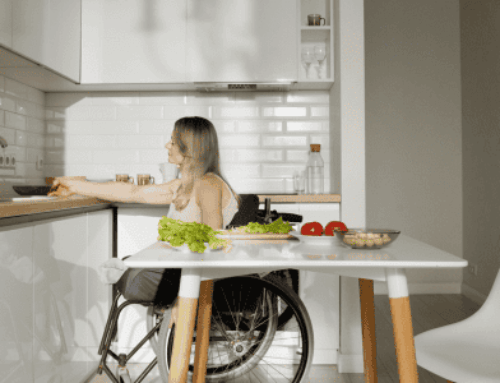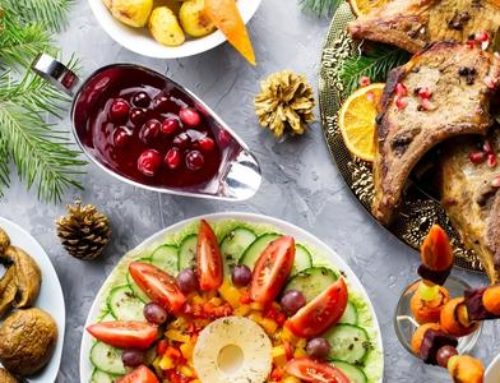
One of the most common causes of IBS symptoms is a FODMAP intolerance
Trialing a low FODMAP diet can be a great way to determine what you are intolerant of and where your threshold lies.
However, there are some important things you need to do to successfully be low FODMAP.
Give yourself some time
When you are considering a low FODMAP diet, don’t expect yourself to make the switch overnight. FODMAPs are carbohydrates that are found in a really wide variety of foods, many of which you might suspect, and that’s a lot to get your head around. For instance:
- Oligosaccharides are found in wheat, garlic, onion, beans, chickpeas and many more
- Disaccharides are found in milk, yoghurt, cheese and many more
- Monosaccharides are found in apple, honey, mango, peaches and many more
- Polyols are found in Mushroom, cauliflower Apricots, chewing gum and many more
For the best results, a low FODMAP diet needs to reduce all of the fermentable carbohydrates at once. So, give yourself some time to understand what foods you are trying to avoid on a low FODMAP diet so that you can spot them BEFORE you’re already eating them
For a more detailed list of high FODMAP foods click here.
Look on the bright side
Now that you know what you DON’T want to be eating on a low FODMAP diet, you may be thinking ‘well there’s nothing left. I’m going to starve’.
To keep your sanity on a low FODMAP diet it’s best to focus on what you CAN have. Luckily, there are a wide variety of foods that are low FODMAP and there are swaps that can easily be made to make your diet low FODMAP.
For a more detailed list of low FODMAP foods click here.
This is also where the Monash University Low FODMAP app can be an incredibly valuable tool. This app allows you to look up a food and determine how much you can have before its FODMAP content is too high. While following a low FODMAP diet, it’s important to only stick to the green options and avoid the amber and red foods.
Make some swaps
Rather than reinventing the way you eat, you can become low FODMAP simply by making a few swaps. Here is an example of a day that is reasonably high in FODMAP rich foods. The FODMAP rich foods are in CAPITALS below:
Breakfast
- 2 WEETBIX
- MILK
- sliced BANANA
Morning Tea
- SNOW PEAS
- HUMMUS DIP
Lunch
- 2 slices of WHOLEMEAL BREAD
- 2 sandwich slices of CHEESE
- lettuce
- tomato
Afternoon Tea
- APPLE
- roasted CHICKPEAS
Dinner
Spaghetti Bolognese
- Beef mince
- GARLIC
- ONION
- tomatoes
- MUSHROOM
- zucchini
- PASTA
- GARLIC BREAD
Dessert
- ICE-CREAM
- sliced MANGO
Making the following swaps will turn these options into a low FODMAP meal plan:
Breakfast
- 2 gluten free Weetbix
- Lactose free milk
- Strawberries
Morning Tea
- Carrots
- Eggplant dip
Lunch
- 2 slices of spelt bread
- 2 sandwich slices of lactose free cheese
- lettuce
- tomato
Afternoon Tea
- 2 kiwi fruit
- Packet of popcorn
Dinner
Spaghetti Bolognese
- Beef mince
- Garlic infused olive oil
- Shallots (green parts only)
- Tomatoes
- Capsicum
- Zucchini
- Gluten free pasta
Dessert
- Dark chocolate
- Pineapple
Keep up the fibre
As you may have noticed, many of the high FODMAP foods are perfectly healthy whole foods, including fruits and vegetables. As a result of needing to avoid these foods on a low FODMAP diet, many people find that their fibre intake decreases, which can have other implications for the gut health and symptoms.
Where possible, try to maintain several serves of fruit, vegetables, nuts, seeds and grains when you are following a low FODMAP diet to prevent the drop in fibre from skewing your results.
If you are feeling unsure about what a low FODMAP diet would look like for you, get in contact with our team of dietitians. We can help make the process feel far less daunting



